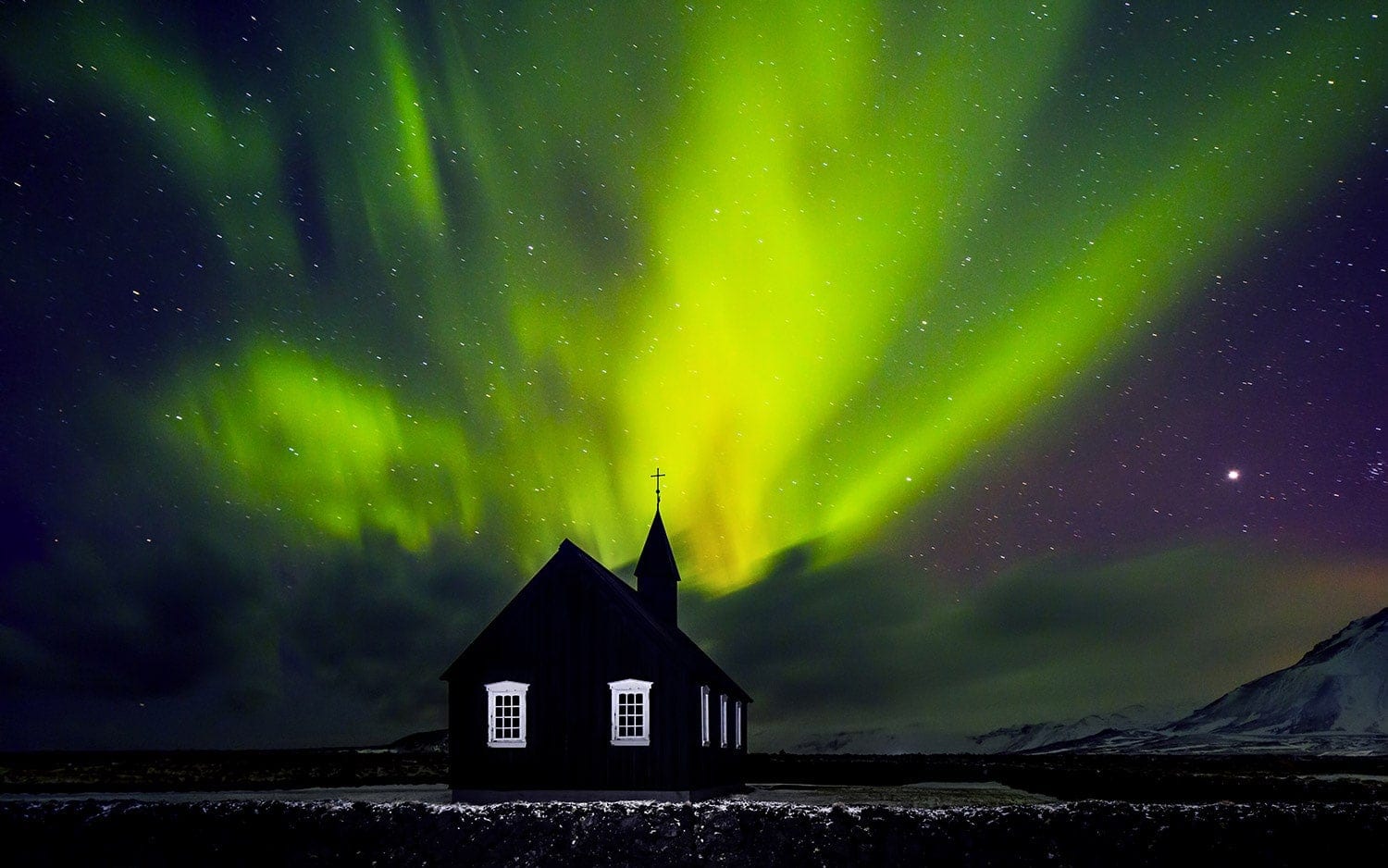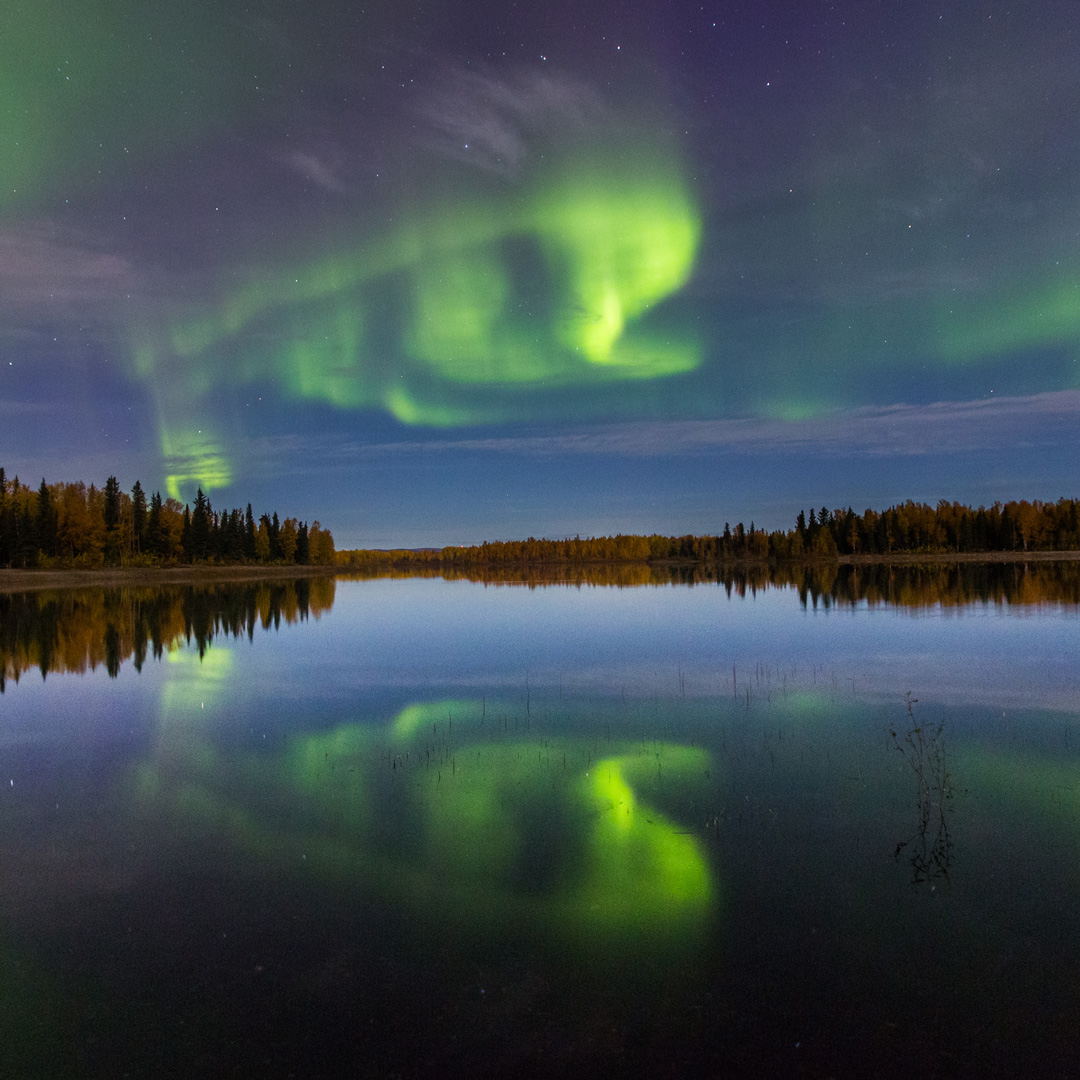

The northern lights have haunted the imaginations of spectators for centuries. These currents create magnetic fields which can make compass needles show direction incorrectly and which can cause surges in power lines resulting in electric-power outages. This process involves giant currents, sometimes in excess of one million amperes, which flow through the resistive ionosphere in the region of luminous auroras. This energy is also dissipated through ohmic heating (ie, heat generated by electric current flow through a resistor). Parallel phenomena in the Southern Hemisphere are known as the aurora australis.Īuroras are the visible portion of the dissipation of the energy which has entered the magnetosphere from the solar wind. Activity also varies with sunspot and solar-flare occurrence. The amount of energy leaking into the magnetosphere is regulated predominantly by the strength of the interplanetary magnetic field and its direction in relation to the Earth's magnetic field lines at the outer boundary of the magnetosphere. Image: The Canadian Press/Phil Hart/Solent News / Rex Features. Some of these particles are accelerated into the nightside ionosphere, causing brilliant auroras. However, most of the particles leaking into the magnetosphere are trapped behind the Earth, and through processes analogous to convection end up flowing towards the Earth. Some solar-wind plasma, slowed and heated by interaction with the magnetosphere, enters the cleft region and penetrates directly to the ionosphere, causing the dayside auroras. The magnetosphere is broken near each pole by a cleft region. The wind interacts with the Earth's magnetic field, distorting it to form the magnetosphere (ie, the comet-shaped cavity, blunt end towards the sun, carved in the interplanetary medium by the Earth's magnetic field). The solar magnetic field is embedded in the gas and is pulled by the wind deep into interplanetary space. Green or red light comes from excited atomic oxygen purple light from excited molecular nitrogen.Ĭurrent theory states that the energy driving auroras is obtained from the solar wind, a gas composed primarily of protons and electrons, blowing away from the SUN at supersonic velocities of 300-1000 km/s ( see PHYSICS ).

When these particles return to less excited states, they give off light. These energetic electrons bombard the upper atmosphere and "excite" atmospheric constituent particles. They are caused primarily by energized electrons (1-20 kilo-electron volts) which are accelerated towards the ionosphere from a region 5000-20 000 km above the Earth's surface. Auroras originate in the ionosphere, the upper atmosphere 100-300 km above the Earth's surface. The luminosity can fluctuate violently, particularly near local midnight when explosive bursts of activity called substorms are triggered. During intense activity the oval may expand as far south as Miami, Florida (August 1972), and beyond. The band is normally about 500-1000 km wide, its average position in Canada being over Yellowknife, NWT, to the West, and Grande rivière de la Baleine, Qué, to the East. At any instant of time, the auroras are arrayed along a band (the auroral oval) with the North MAGNETIC POLE near its centre. Northern Lights, or aurora borealis, dynamic displays of multicoloured luminosity appearing in the day or night sky in high latitudes in the Northern Hemisphere.


 0 kommentar(er)
0 kommentar(er)
